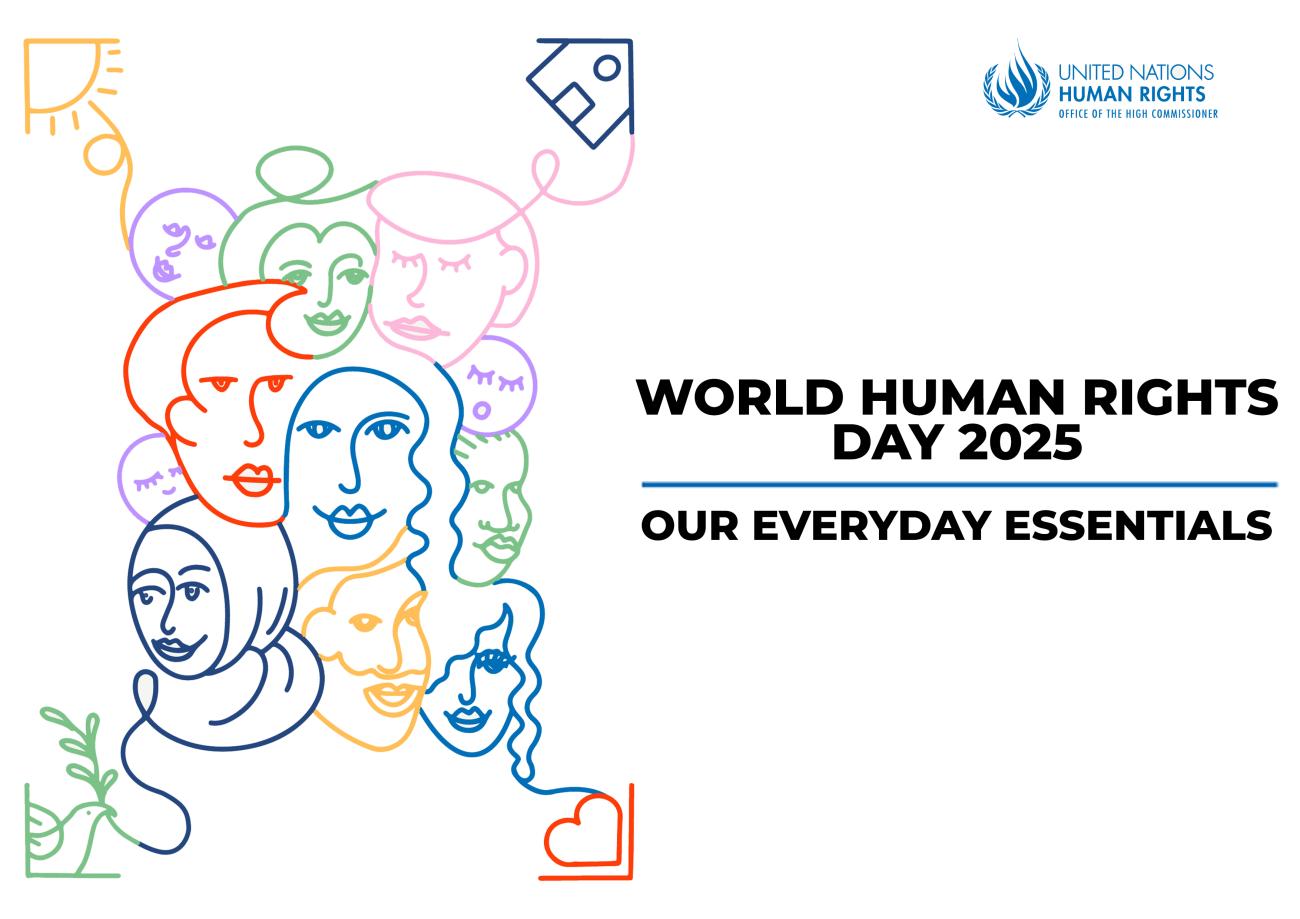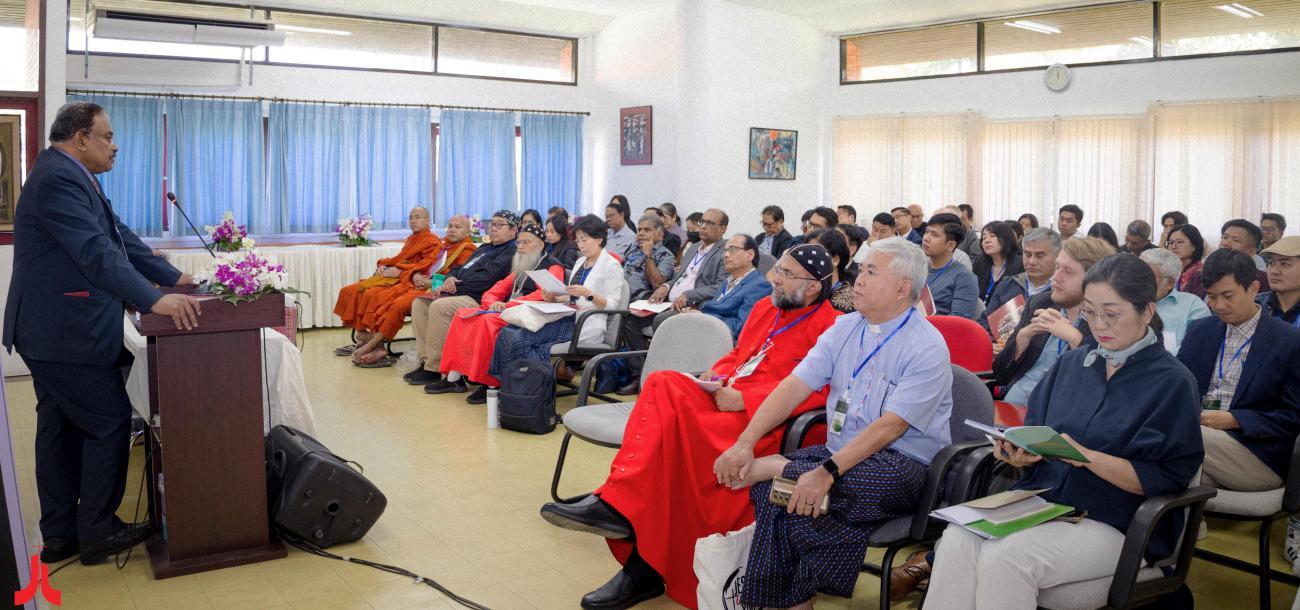One in six people lack safe drinking water

One in six people lack safe drinking water, UN summit told
Environment ministers from around the globe focused yesterday on improving the world’s water resources and sanitation as they gathered for the second day of a United Nations summit.
About one in six people lack access to safe drinking water, while 2.4 billion lacked access to basic sanitation, warned the UN Environment Programme, with UNEP executive director Klaus Toepfer saying that nearly 5,000 children die every day from diseases caused by a lack of water.
The agency said supplying safe water was increasingly difficult because the world population was growing rapidly, by 77 million people a year.
The discussions in the South Korean resort island of Jeju will form a basis for talks next month in New York with the UN Commission on Sustainable Development. That meeting will assess progress towards the United Nation’s target of halving the number of people without access to safe drinking water.
In Jeju, delegates would try to generate an initiative that would identify concrete measures to achieve those goals, UNEP spokesman Nick Nuttall said.
Air pollution cloaking Asian and other mega-cities of the world is also high on the conference agenda. In particular, experts are concerned about the environmental threat from sand storms driven from the deserts of China over the Korean peninsula and Japan, reaching even the US West Coast.
Meanwhile, delegates heard that small island “paradise” countries are increasingly being trashed by piles of solid waste and sewage they have neither the money nor space to cope with.
Small island nations are especially vulnerable because they are burdened by an influx of tourism, but often lack the landfill space, expensive incinerators or treatment plants to deal with garbage and human waste.
Since the early 1990s, the level of plastic waste on small islands has increased fivefold, according to a UNEP study. In the Caribbean, about 90 per cent of sewage is discharged untreated into surrounding seas; in the Pacific, about 98 per cent.
Worldwide, about one in 20 people who go swimming in the oceans get sick because of such discharge, said Veerle Vandeweed, chief co-ordinator of the study.
Ironically, most of the environmental damage from tourism came during the construction of resorts, not their operation, because of decisions to build too close to fragile coastlines and industrial waste, Mr Vandeweed said.
The rapid development could backfire on the islands if their allure as a tourist destination was spoiled by environmental degradation, the agency warned. The shoreline of the Pacific island of Nauru, for example, appeared blue-green in aerial photos, not from coral reefs but from mounds of discarded beer cans, it said. The piled-up trash also supported vermin that carried diseases such as plague.
“Many small island paradises are heaving under rising levels of rubbish and waste,” the UNEP report said. “Such wastes are not only unsightly and a threat to wildlife, they can also contaminate rivers and ground waters as they slowly degrade,” Mr Toepfer said.
The Alliance of Small Island States, a group of 45 island nations, were working with aid agencies, private industry and other governments to win access to better waste disposal technology and funding, Chairman Jagdish Koonjul said.
Sanitation problems were exacerbated on the islands because of the lack of fresh water. Rising ocean levels, triggered in part by global warming, had meant freshwater wells were increasingly tainted with seawater, Mr Koonjul said.
Source: South China Morning Post
March 31, 2004








